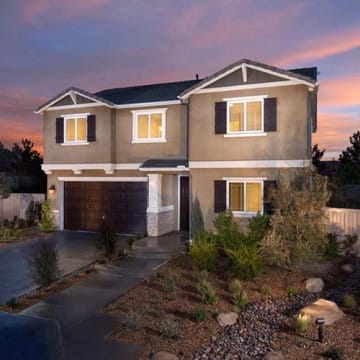Building Occupancy Resumption Program
Following natural disasters such as a large earthquake, one factor in reopening buildings is the potential backlog in conducting inspections to ensure buildings are safe to reenter. Inspection delays can lead to costly closures of businesses and displacement of residents.
The LEED Gold–certified office building 455 Market Street is in the heart of San Francisco’s financial district. The owner of the property, a fund advised by UBS Global Asset Management, has participated in the Building Occupancy Resumption Program (BORP) since 2009. BORP is an award-winning program developed to shorten the period after disasters for buildings to resume normal operations.
The program allows San Francisco building owners to arrange post disaster building inspections by precertified licensed structural and civil engineers or architects with special training in emergency structural inspection. The inspectors are deputized by the city and county of San Francisco’s Department of Building Inspection (DBI) to conduct emergency inspections and to determine a building’s legal occupancy status (red, yellow, or green) soon after a disaster. Hospitals typically have priority inspections, and BORP-certified buildings are next. If a building is tagged green, operations can resume quickly.
The 455 Market Street owners and its property manager, Cushman & Wakefield, engaged Tuan & Robinson Structural Engineers at a onetime fee of $13,500 that covered the initial inspection and any post event inspection. The engineers are required to respond within eight hours of a disaster. Tuan & Robinson reinspects the building every two years and re-certifies the BORP with the DBI for approximately $300.
The 455 building ownership has contracts with its elevator and fire, life, and safety vendors to inspect the building promptly following a disaster. 455 Market Street’s insurance company, FM Global, also sends an engineer to inspect the building and its documentation approximately every two years to make recommended upgrades for loss prevention and building safety and stability, such as installing bracing for piping. One additional benefit of the BORP is that earthquake insurance costs can be reduced by the shorter expected period of rent loss following an earthquake.
The program was developed by the city and county of San Francisco’s DBI, with the cooperation of the Structural Engineers Association of Northern California and the San Francisco chapters of the Building Owners and Managers Association and the American Institute of Architects.
